Claudius Ptolemy
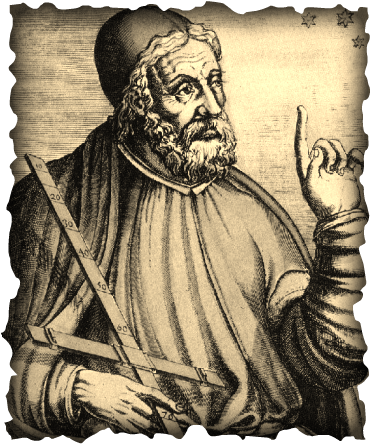
Claudius Ptolemy was a scientist/astronomer that was born in the 100s in Alexandria, Egypt. Ptolemy is known for his incorrect model of the universe and detailed maps of the world as he knew it. He also mapped over 1,000 different stars. He stated that the sun and planets orbited earth in circular patterns. His model showed that earth was the center of the universe. He used common sense rather than proven theory/reasoning. Astronomers in Europe accepted Ptolemy's geocentric or Earth-centered theory for over 1,400 years. The Catholic Church also went alongside his idea. They believed that God put Earth at the center of the universe because they claimed that it was stated in the Bible. Ptolemy's universe model is known as the Ptolemaic Universe, but in the end, Nicolaus Copernicus proves that the Sun is the center of the universe.
Nicolaus Copernicus
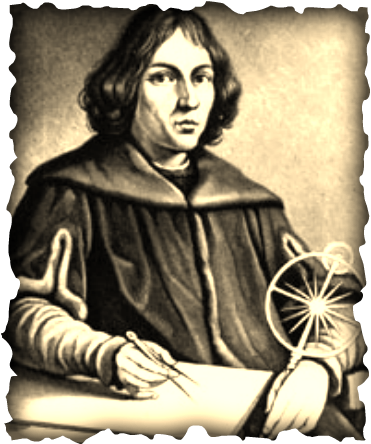
Nicolaus Copernicus was a Polish mathematician. He was one of the scientists that pioneered the Scientific Revolution. In 1543, Copernicus released his book On the Revolutions of the Heavenly Spheres. He disagreed with Ptolemy's view of the earth in the center of the universe because he believed that the theory was too complicated. Instead, he developed a simpler heliocentric or sun-centered theory of the universe, and the planets moved in a circular pattern around the earth. His new model of the universe from his viewpoint is called the Copernican Universe. Copernicus was opposed by Catholic leaders and Protestants. The Protestants claimed that the Bible said the earth stood still and Catholics claimed that the earth and human beings-not the sun-held the central place in the universe. Copernicus explored the universe and in doing so, reevaluated accepted theories. This era of scientific thinking is known as the Scientific Revolution.
Johannes Kepler
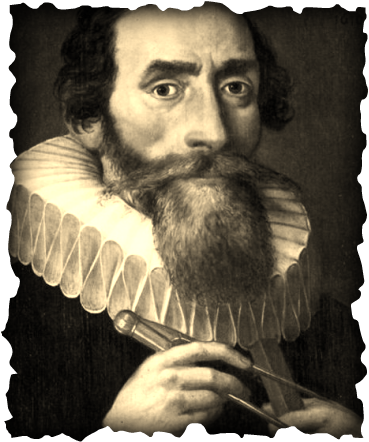
Johannes Kepler was a German astronomer. He supported Copernicus's theory that the planets including earth revolved around the sun, but proved that the orbits were not circular, but were oval paths. His theory made it easier to explain movements of the planets also marking the beginning of modern astronomy.
Galileo Galilei
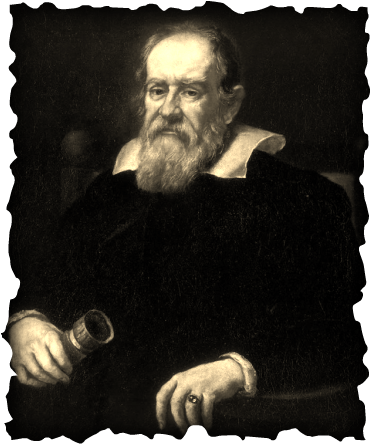
Galileo Galilei was an Italian scientist that also pioneered the Scientific Revolution. Galileo believed that new knowledge could come through experiments that were carefully carried out. For example, Galileo challenged Aristotle's idea that the heavier object will hit the ground faster, and proved that Aristotle's idea was wrong. Galileo realized that scientific instruments helped humans better explore the natural world such as the: clock and telescope. Galileo invented the first weather thermometer, and allowed temperature changes to be measured in 1593. Galileo published is his ideas in his Dialogue Concerning the Two Chief World System in 1632. The Catholic Church reacted because they believed that the idea of a sun-centered universe went against their belief. The publication was placed on the Index of Prohibited Books. The inquisition in Rome condemned Galileo in 1616. Upon leaving his trials, he is believed to have said of the earth, "but still it moves."
Sir Isaac Newton

Sir Isaac Newton was born on December 25, 1642, in Woolsthorpe, England. He died in 1727. Newton was raised by his grandmother. Newton later on became a scientist, astronomer, and mathematician. Newton expanded and perfected many of Galileo's theories. Newton was fascinated by falling objects. According to story, Newton saw an apple fall from a tree branch and hypothesized that there must be some force pulling the apple to the ground. He believed this force was the same of the force that keeps the moon and planets in orbit around the sun. After observation and experiments, he described this theory and many others in the Mathematical Principles of Natural Philosophy, or Principia published in 1687. He also invented a new kind of mathematics called calculus and discovered white light is made up of all other colors of light. During his life, Newton won many awards for his discoveries, and in 1705 became the first scientist ever to be knight by the king of England.
Rene Descartes
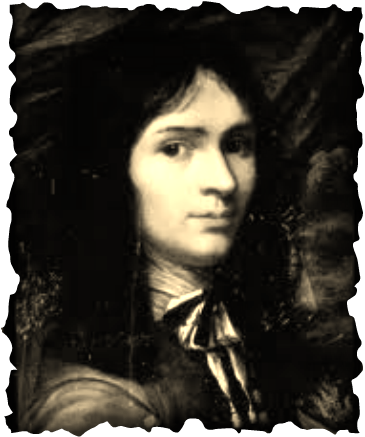
Rene Descartes was a Frenchman that was one of the most important scientific thinkers. Rene wrote a book in 1637 called Discourse on Method. Descartes began with the problem of knowing what is true in his book. To Descartes, one fact seemed to be beyond doubt - his own existence. Descartes clarifies the idea with the phrase, "I think, therefore I am." In his work, Descartes claimed that mathematics was the source of all scientific truth, and mathematics answers were always true. This was because mathematics began with simple obvious principles and then used logic to move gradually to other truths. Today, Descartes is viewed as the founder of modern rationalism; this is the belief that reason is the chief source of knowledge.
Francis Bacon
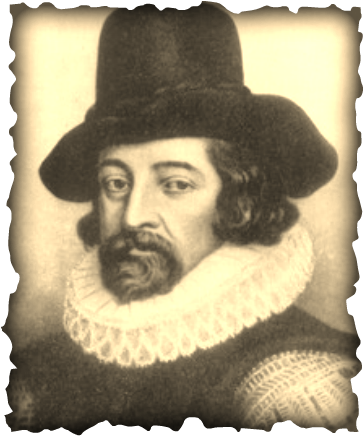
Francis Bacon was an English scientist and philosopher who lived from 1561 and died in 1626. Bacon believed ideas based on tradition should be put aside. He wrote a book called Novum Organum that was published in 1620. Bacon stressed the importance of observation and experimentation leading to the statement of general principles about the natural world. This idea developed into the scientific method. It was an orderly way of collecting and analyzing evidence. It is still a scientific process still used in scientific research today.
Robert Hooke
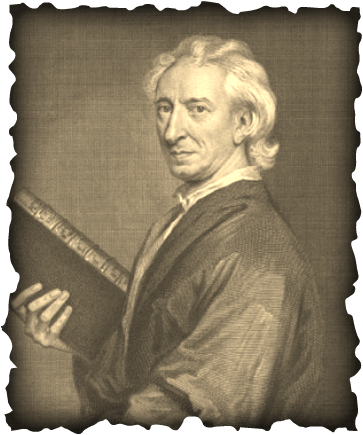
Robert Hooke was an Englishman who developed the compound microscope with two lenses producing a clearer image of a magnified object. A hypothesis was tested by an experiment, and results were recorded. Hooke experimented by readjusting and adjusting lenses. He then made accurate drawings based on observations of magnified objects. He collected data that was analyzed. This led to a conclusion being drawn. Hooke's data indeed revealed objects more closely observed using a microscope using two lenses. After he concluded that his microscope revealed more objects closely, he discovered in the mid-1600s, cells. These were the smallest structures of living material.
Andreas Vesalius
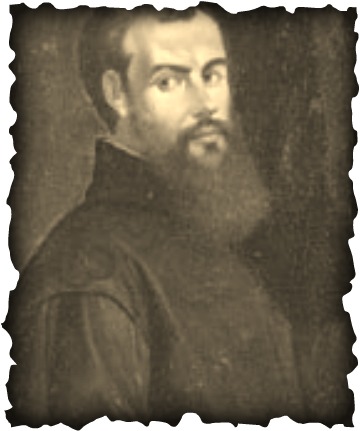
Andreas Vesalius was born in the 1500s and is from Flanders. He was a Flemish doctor that dissected dead human bodies for research. He published On the Structure of the Human Body in 1543. In his work, he presented detailed account of the human body replacing many of Galen's ideas. He is also known as one of the three that pioneered the Scientific Revolution.
Ambroise Pare
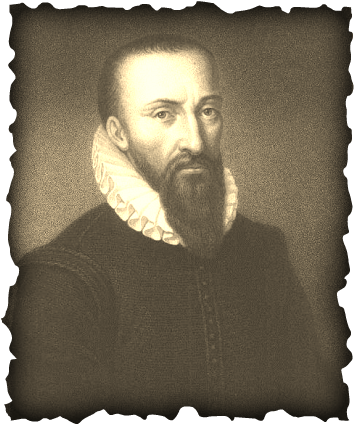
Ambroise Pare was a French surgeon born in the 1500s. He developed bandages to replace the common practice of the time of cauterizing, or burning, the edges of a wound. He was the first to use thread to close a wound. His attitude toward medical skills might be described as evidence that he was a humanist in the northern tradition: "I treated him, God cured him."
William Harvey
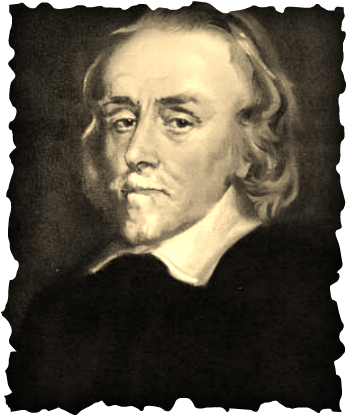
William Harvey was an English doctor born in the early 1600s. He proved that blood flowed through the human body. In the mid-1600s, scientist Robert Hooke was fascinated with William's discovery and began using a microscope, and soon discovered cells, the smallest structures of living material.
Robert Boyle
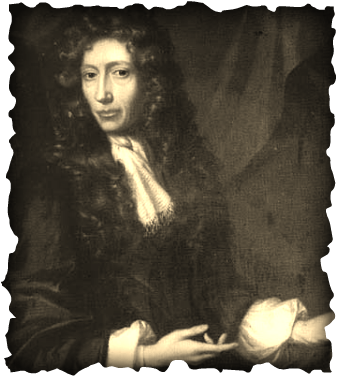
Robert Boyle was born in the 1600s. He was an Irish scientist. In the beginning of the 1600s, European scientists developed a new idea called chemistry. Chemistry is the study of natural substances and how they change. In the mid-1600s, Boyle proved that all substances are made up of basic elements that cannot be broken down.
Antoine Lavoisier
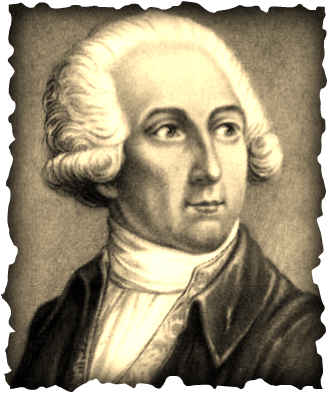
Antoine Lavoisier was a Frenchman whose experiments led to the invention of chemical equations, and eventually the study of modern chemistry. European scientists of the 1700s developed gases, and discovered hydrogen, carbon dioxide, and oxygen. He proved that materials need oxygen to burn.
Scientific Method
Francis Bacon developed the scientific method. The scientific method is an orderly way of collecting and analyzing evidence. It is still the process used in scientific research today. The scientific method is made up of several steps. First a scientist begins with careful observation of facts and then tries to find a hypothesis or an explanation of the facts. Through experiments, the scientists test the hypothesis under all possible conditions to see if it is true. Finally, if repeated, experiments show that the hypothesis is true, and then it is considered a scientific law.
Sun-Centered Universe/Helios-Centric
Copernicus believed that Ptolemy's theory of the universe was too complicated. Instead, he developed a simpler heliocentric, or sun-centered, theory of the universe. Copernicus's theory stated that the Sun, not Earth, was the center of the universe. The planets moved in circular paths around the Sun.
